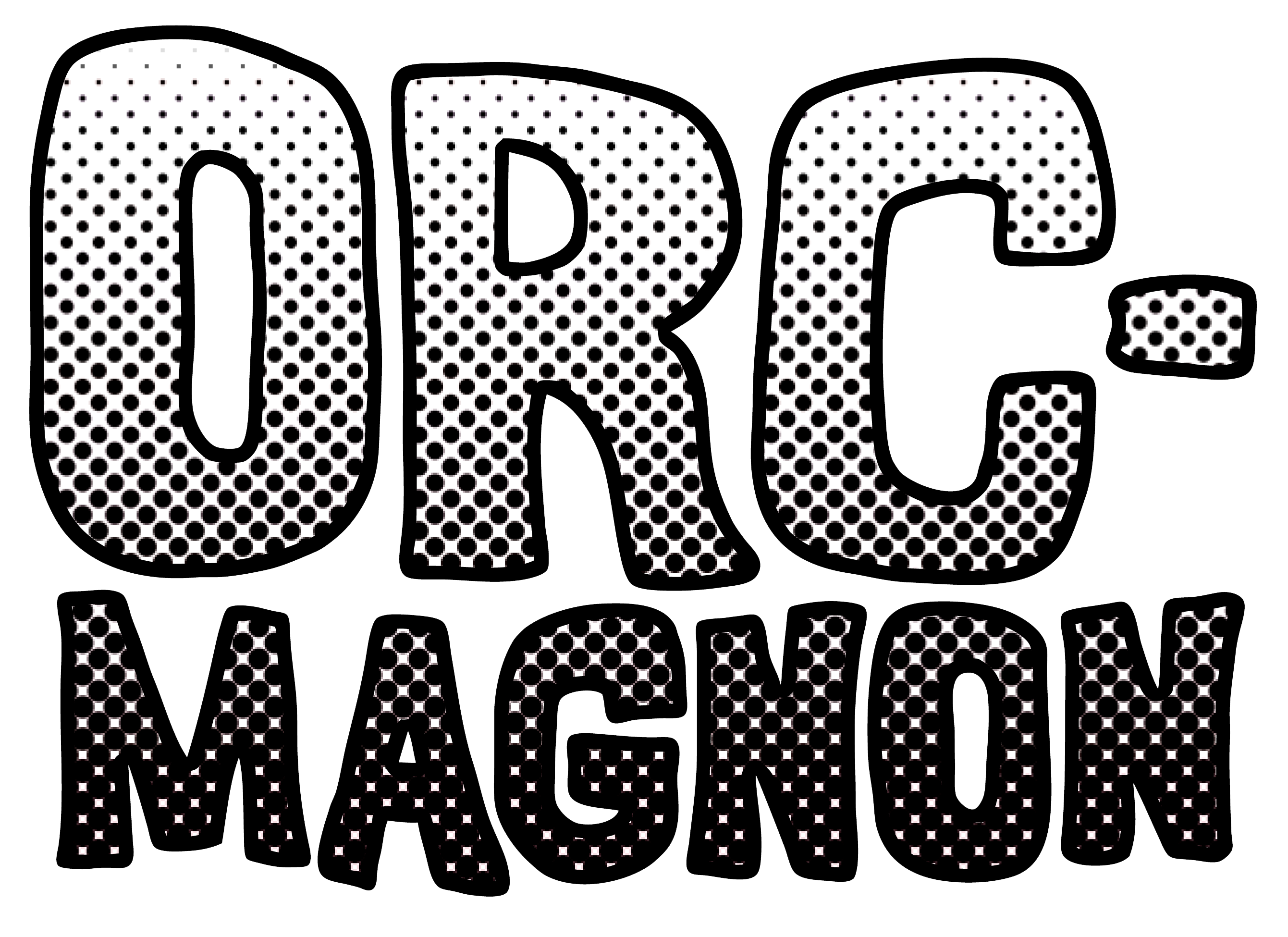Orc-Magnon is a war simulation game between two players, one taking the role of a Tribe of Mankind, the other taking the role of a Tribe of Orcdom. Players use tokens to represent warrior units, and resolve combat using a six-sided dice.
Click on the following list to expand the rules of certain aspects of Orc-Magnon.
Choose and unfold a map, and lay it out flat. There will be some fold creases. Decide who gets what side, and how you want to orient the board.
Lay out your warrior tokens, with the side that has a “W” face down. It is recommended to sort units by type.
Decide how many warrior units can be used by both sides. For a regular game, limit the armies to 5-10 units each, or assign the movement number of a unit as its cost, and limiting each side to a budget.
Place the Tribe Camp and Totem tokens on a hex on your respective sides, where ever you wish. After choosing warriors, proceed with play.
Melee: 
The bottom left number represents a unit’s melee strength, and the bottom right number is that unit’s movement allowance.
Range:
These units have a range indicated in brackets on the upper right corner. This number relates to how far a warrior can dislodge a missile. The number in the upper left correlates with a spear/atlatl token. The unit’s melee strength is significantly less when they’ve thrown their weapon, as they will need to retrieve their thrown weapon after a volley. The only exception is the sling warrior, who can rely on stones/rocks they pick up.

Before the beginning of a turn, players write down on a separate sheet of paper where their units will move to on the next round. When complete, both players move their units simultaneously.
Each space is numbered, making transcription of ones turn verifiable (However, players may use an honor system).
Some hex spaces are specific terrain, and modify certain attacks. See back page of this booklet for details.
Initiative determines who the Attacker is, and who the Defender is. This is decided by:
1) which unit moved more spaces to get to the other unit, or
2) flipping a coin or rolling odds/evens if both warriors moved the same distance.
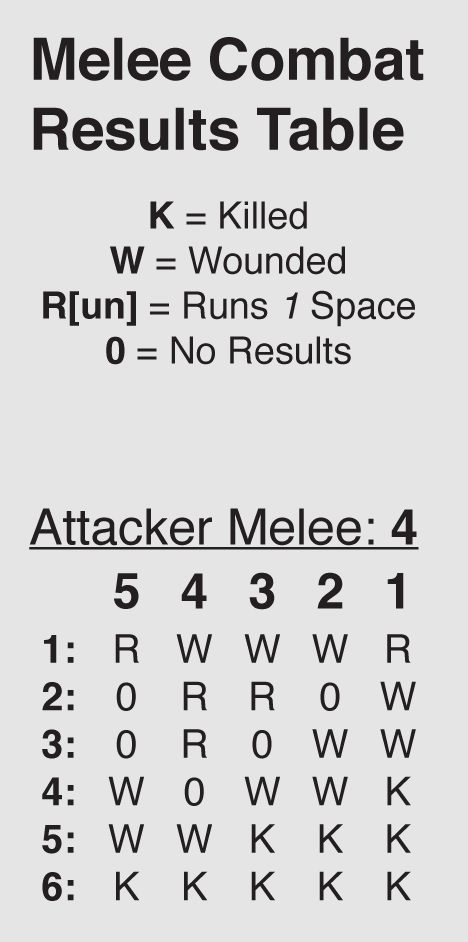
Melee:
When two units share a space, spaces next to one another, or pass each other en route, players may initiate melee combat. Combat is resolved with a Combat Results Table (CRT) and a unit’s melee stat.
The CRT that is consulted is based on both warriors’ melee strength. In an example of a Orc Club of 4 and a Human Axe of 3, the CRT that is used is marked 4/3. Or if it’s that same Orc Club versus a Human Knife, the table would be marked 4/2.
After the initiative has been determined, the Attacker rolls on six-sided die, and consults the CRT. There is a chance that the Attacker will outright kill the other unit, but not necessarily. If not an immediate kill, the Defender rolls on the CRT, using their own melee strength on the chart against their attackers’ number
If the Defender is unable to outright kill the Attacker, the Attacker rolls again on the CRT, and play continues as normal, that combat concluded for that round.
If multiple units are attacking one unit, that player determines which one attacks first, goes through the CRT, and then attacks with the other if necessary.
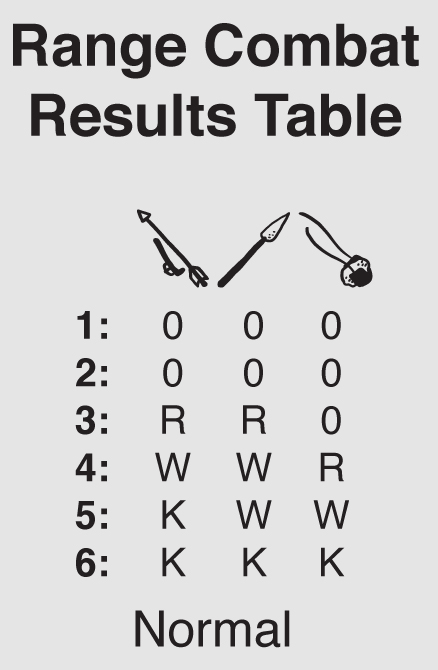 Range:
Range:
A ranged weapon, when thrown, uses a separate CRT, based on that units’ Range Number, which is found on the upper right corner of that units’ token.
It is automatically assumed that a range attack will be more powerful (especially if it’s an Atlatl), but the cost is loosing their weapon until they retrieve it, and using their weaker melee number.
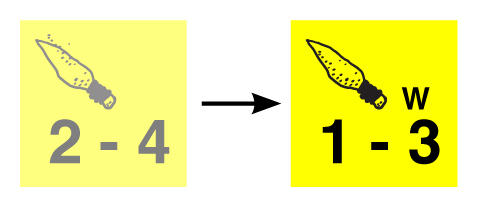
If a unit is wounded in combat, rather than killed, staying put, or fleeing, turn that unit token upside-down.
he token now indicates this unit is wounded, and their attack and movement is altered unless they are healed, killed, or wounded again, at which point, is either flipped to full strength, or removed from the game. When a unit is wounded after the third CRT movement in combat, they may automatically run two hex spaces.
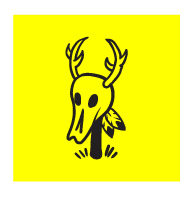
The primary victory in Orc-Magnon is to retrieve the other tribe’s Totem (a very, VERY sacred holy object), and bring it back to your starting space. The tribe that does this wins the game.
There are some variations:
1) Burn and Pillage:
After placing down the Tribe Camp tokens, warriors must destroy the other tribes camp. When a unit is next to the camp, they may attack the village, and move the Tribe Camp Tracker down for every turn. While attacking the camp, they are automatically the Defender in combat. Once the village is destroyed, the game is over. The camp may rebuild, similarly to a warrior attacking, but pushing the Tribe Camp Tracker up.
 2) Genocide:
2) Genocide:
Every single warrior of the opposing side is killed. The Tribe Camp Token is not used in this variation.
3) Hell On Earth:
Shaman units are not allowed, Holy Sites are useless, and Natural Catastrophes happen every 3 turns.
4) The Hunt:
Regular rules are used, except a third player takes on the role of the Animal Kingdom. Instead of animal token movement being predictable, The third player actively chases players around. If an animal is killed, there will always be another to take it’s place on a different part of the board.
Solo Play:
Player arranges most animals on the board, with the goal to bring back a predetermined quarry. Move animals as normal. For a challenge, limit game to 10 turns.
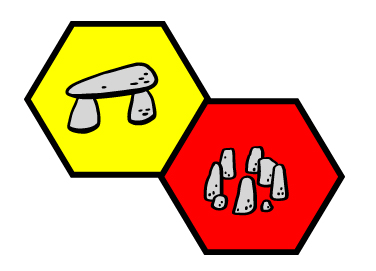
Every tribe needs a spiritual advisor, and both sides have dragged their medicine man into the fray of battle.
A shaman has the ability to heal a wounded unit, but must share the same space as that warrior. After declaring that the shaman is healing a unit, they must stay put for a full turn.
If a player wishes to, they may use their shaman to raise the dead. After declaring that the shaman will be performing this ritual, the shaman must stay in one space for a full three turns (use shaman Spell Tracker to keep track of turns). This leaves your shaman vulnerable, but allows a player to place a dead warrior unit of their choice next to him when the spell is complete.
Shamans may, three times a game, allow a unit to have +1 melee strength until the end of that warrior’s next combat phase. Both must be on a Holy Site hex to cast the spell.
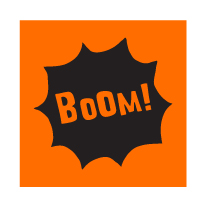
If you wish to include random acts of violence committed by nature, place Natural Catastrophe tokens on the board. Players take turns placing the pieces down.
Using the Natural Catastrophe tracker, every six turns, a single disaster occurs clockwise around the board.
This affects a range of hex spaces immediately around it, destroying every living thing in its path, and removing them from the game. This also includes animals that might be in the area.

The land is bountiful with several tasty animals... who also find your flesh tasty. If you choose to include them, place as many animal tokens on the board as you wish. Animal Combat is the same as melee, however, animals always get the initiative.
1) Sabre Tooth Lions: these bruisers move up and down the board in a straight line.
2) Dire Wolves: these vicious dogs move side to side on the board horizontally.
Wolves and Sabre Tooth Lions can pass over mountains as normal hexes.
3) Goliath Tigerfish*: a species of fish with gigantic teeth and ferocity. They cycle through the water hexes.
*Goliath Tigerfish are actually native to Africa, but used in this game.
4) Mammoths: these normally ignore Men and Orcs, but will attack if you disrupt its territory.
Randomly place Mammoth Tokens face down on any heavy-wooded areas. Some of pieces might not be a mammoth. But some might…
